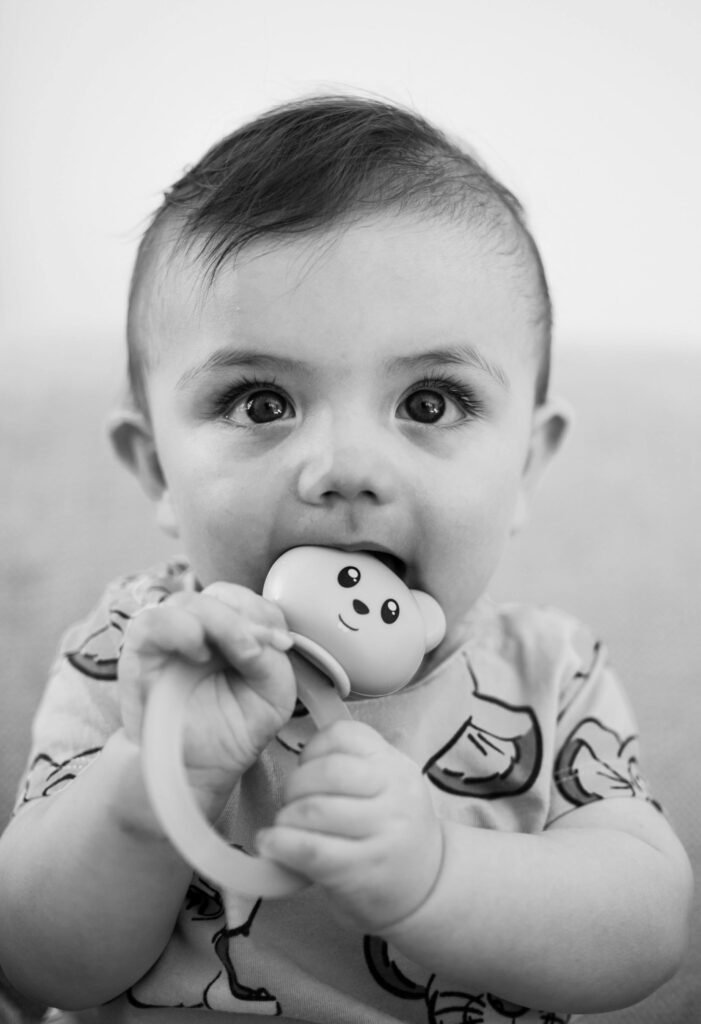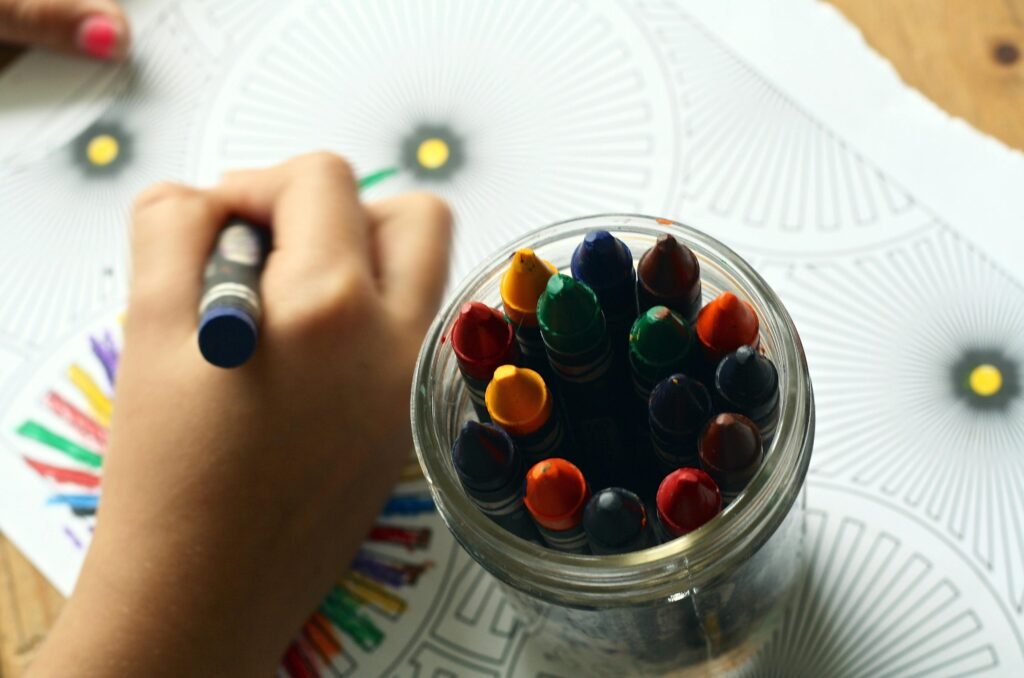
Overview of Early Childhood Education
Early childhood education (ECE) is a pivotal stage in a child’s development, occurring from birth to eight years of age, a period characterized by rapid growth and learning. This phase is crucial as it significantly shapes a child’s future learning experiences, behaviors, and overall well-being. The importance of early childhood education lies not only in its direct educational outcomes but also in its profound impact on social, emotional, cognitive, and physical development.
A comprehensive early childhood education program aims to provide children with a nurturing environment where they can explore and learn at their own pace. It fosters social skills through interactive play and group activities, which help children develop relationships with peers and educators. Emotionally, ECE aids in building self-confidence and resilience, key traits that contribute to a child’s ability to navigate challenges in life. Moreover, cognitive development is enhanced through structured learning activities that encourage problem-solving, critical thinking, and creativity.
The role of early educators is fundamental in facilitating this developmental process. Educators create a supportive learning environment that responds to each child’s unique needs, interests, and abilities. By incorporating developmentally appropriate practices, teachers promote engagement and exploration, allowing children to learn through both guided and independent experiences. Furthermore, research on brain development during early childhood emphasizes the significance of early learning experiences. The brain’s neural connections are formed at a rapid pace during these formative years, making the quality of education during this period crucial for laying the groundwork for lifelong learning.
In summary, early childhood education is more than just preparing children for school; it encompasses a holistic approach to child development, addressing various aspects of growth essential for their future success. It is a vital investment in both individual lives and society as a whole, establishing a robust foundation for lifelong education and personal development.
Developmental Milestones for 3-Year-Olds

Three years of age is a significant stage in early childhood education as children exhibit various developmental milestones across multiple domains. Language skills flourish remarkably during this time. A typical 3-year-old may know around 200 to 1,000 words, often using simple sentences to express themselves. The expansion of vocabulary allows children to articulate their thoughts, desire, and observations, enabling them to engage more meaningfully with peers and adults. Moreover, they begin to grasp basic grammar rules, showcasing their evolving linguistic ability.
In terms of motor skills, children at this age are developing both gross and fine motor abilities. Gross motor skills involve larger movements, and a 3-year-old may confidently run, jump, and climb. These abilities indicate not only physical growth but also coordination and balance. On the other hand, fine motor skills are demonstrated through tasks such as drawing, building with blocks, and manipulating small objects. These activities are vital as they encourage cognitive development and hand-eye coordination.
Social interactions are another crucial area of growth for 3-year-olds. During this period, children start to understand social norms and may engage in parallel play, where they play alongside peers without direct interaction. They also begin to form friendships, albeit in a rudimentary way, which lays the groundwork for more complex social relationships in the future. Additionally, emotional regulation starts to take root as children learn to express their feelings through words rather than actions, an essential skill for interpersonal dynamics.
In conclusion, the developmental milestones for 3-year-olds elucidate a broad spectrum of growth, including language skills, motor skills, social interactions, and emotional regulation. Observing these behaviors is essential, as they not only reflect a child’s current capabilities but also indicate significant underlying brain activity and neural development that contribute to a growing intellect and emotional capacity.
Learning Activities for 3-Year-Olds
At the age of three, children are naturally curious and eager to explore their surroundings. Engaging them in a variety of learning activities that align with their developmental needs is crucial for fostering their cognitive, social, and emotional growth. Sensory play activities, such as playdough, sand, or water play, provide opportunities for children to explore textures and develop fine motor skills. These activities stimulate brain activity as they engage multiple senses and encourage creative thinking.

Art projects play a significant role in allowing 3-year-olds to express themselves. Simple activities like finger painting, coloring, and collage-making not only enhance creativity but also promote hand-eye coordination and spatial awareness. By using various materials, young learners can explore their artistic abilities while developing problem-solving skills as they figure out how to combine different elements into their creations.
Interactive storytelling is another essential component of early childhood education. Reading aloud to children, using puppets or props, or even involving them in the storytelling process allows children to develop language skills and comprehend narratives. This activity fosters their imagination and encourages social interaction when stories are shared in group settings. Parents and educators can enhance the experience by asking open-ended questions about the story, further developing critical thinking skills.
Incorporating these learning activities into daily routines ensures that children are consistently exposed to educational experiences that nurture their growth. It is important for caregivers to understand that play is a vital aspect of learning at this stage. By actively participating in meaningful play, parents and educators can create an environment that promotes exploration and discovery, thereby enhancing learning outcomes for 3-year-olds. The objective is to foster an enduring love for learning that extends beyond the early childhood years.
How Our Books Bundle Enhances Early Learning
In fostering a supportive environment for 3-year-olds, the selection of suitable educational materials can be paramount. Our specially curated books bundle is designed specifically to align with the developmental milestones characteristic of early childhood education. This collection of diverse and engaging literature not only enhances language development, but also encourages imaginative play and emotional literacy, aspects critical during this formative stage.
Recognizing that each child learns differently, our books cater to various learning styles, encompassing visual, auditory, and kinesthetic modalities. For instance, titles such as “The Very Hungry Caterpillar” by Eric Carle utilize vibrant illustrations and rhythmic storytelling, effectively capturing attention while promoting vocabulary acquisition and comprehension skills. Another prime example is “Where the Wild Things Are” by Maurice Sendak, which invites children to engage in imaginative play, stimulating creativity and exploration of emotions.
Moreover, the books in our bundle address emotional literacy, which is essential for developing social skills. “The Feelings Book” by Todd Parr, for example, teaches children to identify and express their emotions, laying the groundwork for strong interpersonal relationships. Through the integration of narratives that reflect real-life scenarios, children can enhance their empathic abilities, an important component of emotional intelligence.
- Promotes language development through engaging storytelling.
- Encourages imaginative play and creativity.
- Supports emotional literacy and social skills.
By incorporating our books bundle into your child’s learning routine, you can significantly enrich their educational experiences. These resources provide not only opportunities for learning but also quality bonding time, allowing parents and children to cultivate a love for reading together. Investing in these materials can lead to profound developmental benefits that last a lifetime.